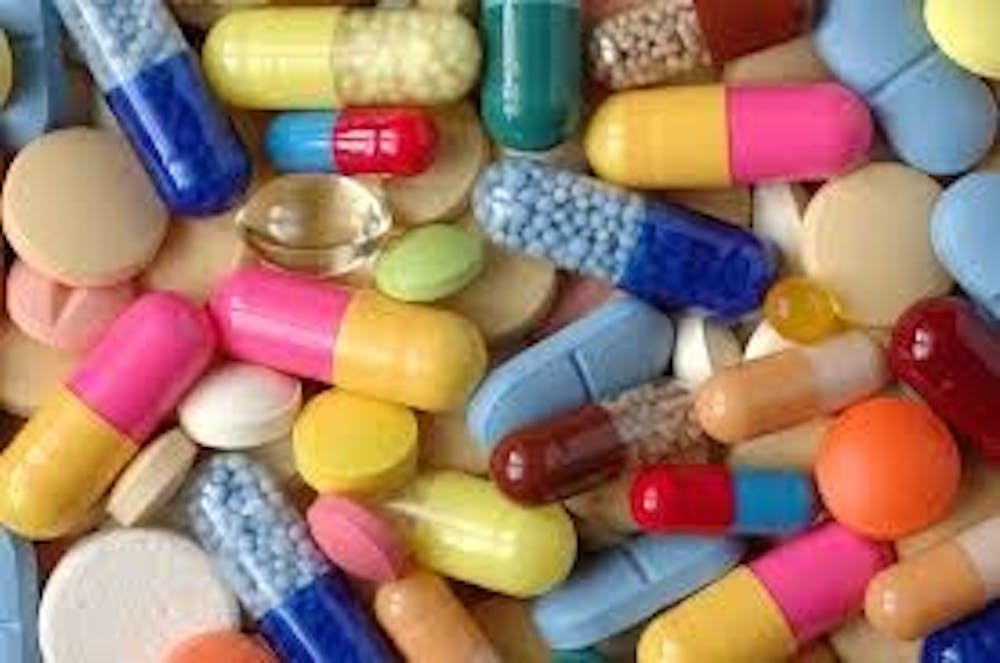What is art without drugs? From mushrooms to absinthe to LSD and good old alcohol, artists have been medicating as part of the creative process for as far back as recorded history goes. Of course, there’s always the possibility that you, who may have no artistic talent while sober, could be a virtuoso in a different state of mind. This weekend if you add a little something special to your routine for Fling, you might want to think about getting down from that elevated surafce and taking out a paintbrush.
The mind–altering qualities of psychedelic substances color our entire cultural history. The Mayans created their trippy–looking stone calendars under the influence of ayahausca, a brew of plant infusions. Van Gogh was a user of hallucinogenic absinthe. Salvador Dali—who once famously said, “I don’t do drugs; I AM drugs”—was a big user of psychedelics. In fact, many contemporary artists attain critical acclaim right around the time they discover their drug of choice.
Beyond visual art, it doesn’t take much effort to see that much of our culture is under the influence. Charles Dickens, author of “A Tale of Two Cities” and “Oliver Twist,” did opiates. Steve Jobs, the man who married technology with aesthetics in the form of your sleek new iPhone, used LSD. Benjamin Frankin, scientist, politician and founder of a certain Ivy League school, enjoyed opiates and marijuana.
The next time you take the time to trek up to the Philadelphia Museum of Art, take a moment to appreciate the effect of drugs in our art. It's pretty evident that most of the modern art wing is on something or the other, but look elsewhere as well. Drugs are ubiquitous, both blatantly obvious and hidden between the lines. For every piece that catches your eye, trace the questionably lucid thoughts that went into it. The more exotic, more superhuman or surreal it might feel, the more you should wonder if something extra went into its creation.







